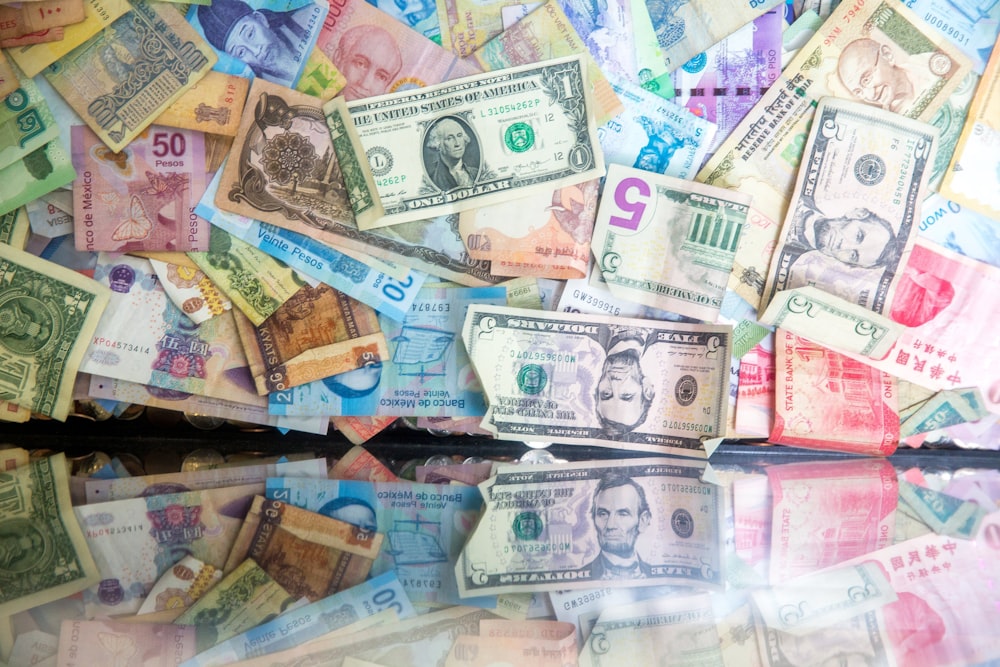

Despite the attempted assassination of Donald Trump hogging the headlines, markets have remained surprisingly calm. This week, traders are more focused on the macroeconomic lineup than the political drama. With central banks and economic reports taking center stage, Fed speakers are expected to address last week’s softer CPI. It’s widely anticipated that central banks won’t want to surprise markets amid political uncertainty on both sides of the Atlantic.In the early Asian session, weak Chinese activity data gave the dollar a brief lift, but this support quickly faded. USD/CNY is now trading in the low 7.27 range, subtly influencing the rest of the ASEAN basket, including USD/JPY. The yen remains buoyed by recent Bank of Japan intervention and shifting macroeconomic dynamics, as the Fed is expected to prepare for multiple rate cuts this year. The big question now is whether we’ll see two or three cuts.The pound has been flexing its muscles, pushing GBP/USD close to the 1.3000 mark for the first time in a year. Meanwhile, EUR/GBP has hit fresh year-to-date lows, reaching 0.8389 overnight, its lowest level since August 2022. The UK is hoping for better economic data this week, particularly with the June CPI report on Wednesday, which could influence a Bank of England rate cut decision on August 1st. With about 13 basis points of cuts priced in for the August MPC meeting, it only takes three of the seven MPC members who voted to hold rates in June to change their minds. Fingers crossed, UK!Once the Fed meeting wraps up, attention will likely swing back to US politics. This is why I’m steering clear of heavy USD short positions and instead focusing on cross-currency trades like short EUR/GBP and long AUD/NZD. This strategy takes the USD out of the equation and highlights subtle policy divergences. With Trump’s potential return to the presidency becoming more probable, markets might start pricing in that scenario more thoroughly.For Asian economies, the prospect of increased tariffs on China during a possible second Trump term could be disruptive, leading to domestic currency weakness. The inflationary effects of additional trade tariffs and the potential for continued looser fiscal policy (think lower taxes) could also push US yields higher, especially at the long end of the curve. This would provide more support for the US dollar—yet another twist in this ongoing saga.In the midst of political drama and economic updates, markets are navigating with a mix of caution and optimism. With central banks in the spotlight and a slew of economic data on the horizon, traders are keeping a close eye on every development. Whether it’s the potential for rate cuts or the implications of US political shifts, the financial world is bracing for whatever comes next—hopefully with a bit of humor intact.More By This Author:How Will Markets React To The Weekend’s Attack On Trump?
Wall Street’s Persistent Ascent: A Week Of Triumph And Tumult
Forex: Yen Takes Center Stage With Bank Of Japan In Rate Check Mode
















